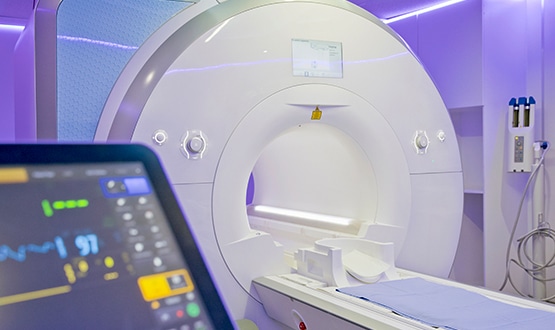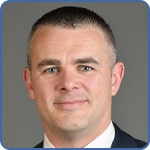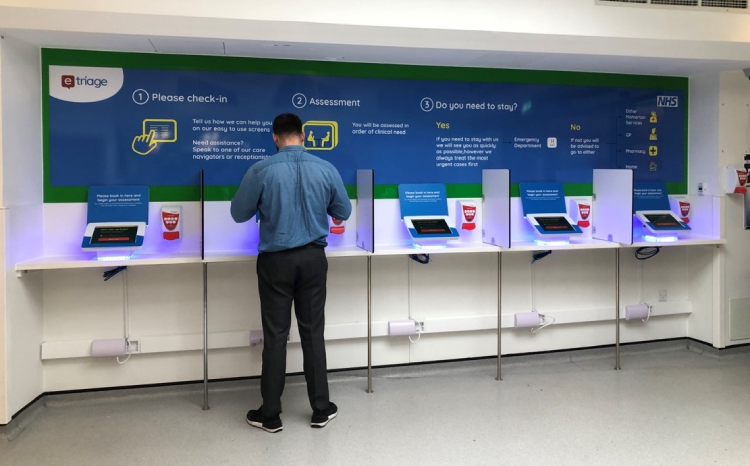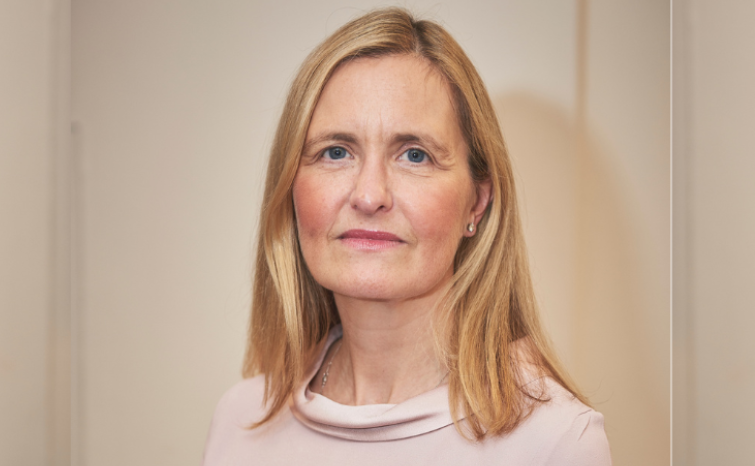The human impact of digital diagnostics
- 4 May 2023

Regional approaches to digital diagnostic imaging are about much more than pooling data or delivering new technology. They are a means to improve patient safety and access to care, says Sectra’s Chris Scarisbrick
“People die in the imaging world.” This was the message from Rebecca Hilsenrath, the director of external affairs, strategy and communications at the Parliamentary and Health Service Ombudsman, in March this year.
I was privileged to share the stage with her at Digital Health Rewired, where she gave delegates an important reminder of what happens when digital infrastructure in healthcare is not up to standard.
She spoke about Mary, for whom two months of incomplete and delayed reporting of her MRI scan led to a late diagnosis of liver cancer. By the time her diagnosis was delivered, Mary was too ill to consider chemotherapy or surgery.
There was a three-week delay in reviewing Charlie’s x-ray, caused by issues uploading and sharing an image across different trusts, which in turn delayed his melanoma diagnosis. Two months after his eventual diagnosis he died. The ombudsman said he missed the opportunity for chemotherapy which might have increased his life expectancy by several years.
And the conference heard about Emma, who died following a three-month delay in diagnosing the recurrence of her bladder cancer. In part, this was said to be due to reporting delays, and reliance on a poor-quality scan that did not show abnormalities.
The fact that each of these cases was avoidable, caused additional distress for patients and their loved ones. As the NHS moves ahead with new approaches to digital diagnostics, these stories remind us that getting imaging right is much more than a technology issue – it is a patient safety issue.
Breaking down silos
The ombudsman published a report in 2021 on how the NHS could learn from failings in imaging which emphasised the importance of effective digital imaging and reporting capabilities. The work I see on the ground shows it has been positively received by NHS leadership teams and is leading to change. This change has enormous potential to make a big difference to the lives of patients.
It is easy to see the frequent announcements in the healthcare trade press of digital imaging initiatives as just the latest technology projects. But each go-live is helping to transform how diagnostic disciplines have worked for many decades and break down silos.
Healthcare providers and clinical teams have started to collaborate in entirely new ways, make better use of resources across wide geographies, and address some of the important equity and safety priorities facing the NHS.
It has been some 20 years since I last acquired an image as an NHS radiographer. The diagnostic landscape has changed enormously in that time – and especially in more recent years.
Imaging histories instantly available
Regional collaboration is no longer the exception, it is fast becoming the norm. Rarely do we now see individual trusts going out to the healthcare technology market for imaging systems. This is happening at much bigger scale, with digital diagnostic solutions no longer respecting institutional boundaries or even discipline silos.
Regions are combining imaging for millions of patients, so that it can then be reported by the right diagnostician, at the right time, with a full patient imaging history instantly available.
Capacity in diagnostic disciplines that face huge workforce pressures is now being applied where it is needed the most. Patients no longer need to live near a hospital to have timely access to the expertise of the specialists who work there.
The rapid and continuing evolution of digital maturity of imaging and pathology networks across England is showing the benefits of ubiquitous access to imaging across multiple institutions. Multidisciplinary teams are able to work much more holistically around the patient’s pathway, with imaging from disciplines including radiology, histopathology, breast screening, MRI and much more, all accessible in the same system, enabling an integrated approach to diagnostic workflows.
Faster and better quality informed reporting, shared expertise and collaboration across disciplines, and the prevention of unnecessary delays is now possible – not to mention the potential to use AI to support healthcare professionals in the diagnostic process.
Pathologists using digital pathology solutions no longer need to wait days for slides to be packaged and sent by courier to a hospital many miles away in order to get a second opinion. They can quickly share a case with available specialists elsewhere in the region on screen and collaborate in real time.
Radiologists no longer need to repeat imaging, because they can’t access a report from an isolated system in a trust ten miles down the road. They can instantly see scans that were taken three months ago, or a year ago, so they can see what has changed, and monitor disease progression instantly.
These tools are not just technological gimmicks. They are the mechanisms for safer and timely care that patients deserve.





